£4 million to repair roads and structures is just the start point for Angus Council’s colossal clean-up bill after Storm Babet.
But the authority’s finance chief has warned the final total will be “significantly” higher.
And Ian Lorimer says the full impact on Angus finances will not be known until the Scottish Government reveals how much it will help the county.
It comes after we revealed a desperate plea for Holyrood help in the immediate aftermath of the October devastation went unanswered for almost a fortnight.
Angus is already heading towards a near £5m overspend on this year’s council budget.
The council faces a £60m black hole in the next few years.
Spiralling costs of the new £66m Monifieth High School have stretched finances further.
And the authority has to pay a £1m excess before it can make an insurance claim against any of its policies.
Babet briefing to full council
On Thursday, a report to a full meeting of Angus Council will set out the financial cost of Babet for the first time.
Angus hopes to claw back more than £4m through the UK Government’s Bellwin scheme for councils which suffer disaster situations.
It has already been activated and the claim period extended to four months for the council.
But Angus must pay the first £573,000 of eligible costs.
The early damage figures include:
- Roads and structures £3.9m
- Montrose seafront £250k
- Brechin Bridge £125k
- Waste skips £20k
- Parks damage £69k
However, medium and longer term implications include coastal protection of Montrose seafront and the future of Brechin’s flood defences.
The £16m scheme was completed in 2016 after being designed to withstand a one-in-200-year flood event.
But it could not hold back the River South Esk’s record levels in the early hours of October 20.
Mr Lorimer says there are major questions around what future defences should look like – and if the worst-hit homes in River Street can be replaced.
“Specialists have been commissioned to undertake a modelling exercise to calculate the revised annual exceedance probability (AEP) of the existing flood defence scheme,” he says.
“It is inevitable that the AEP will have significantly increased due to climate change and an optioneering exercise is required in terms of how we will increase resilience to any flooding in Brechin in the future.
“There is also correlation with this work in assessing the longer-term options for housing, to restore or consider replacement.”
£1m insurance excess
The finance boss adds: “The council has a £1m self-insurance excess to meet before a claim against our insurance policies can be made.
“It is currently projected this will reduce our insurance fund to only £0.4m and it will therefore be necessary to replenish the fund from other uncommitted reserves.”
He says of the Scottish Government position: “Discussions between the council and Scottish Government through the ministerial taskforce are ongoing.
“The context for these requests for support is the very challenging financial position facing the council itself quite separate to those associated with the storm.
“In simple terms the council’s financial resilience was already under significant pressure before the storm and that means our ability to respond to its effects is severely limited.”
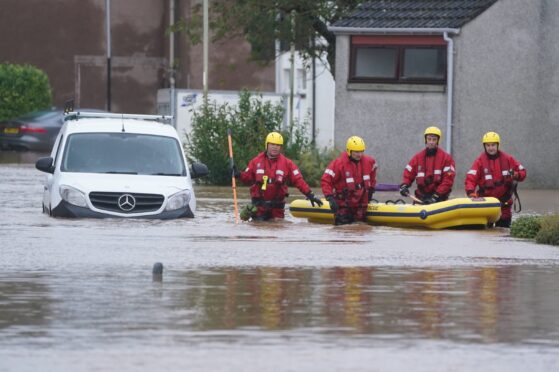
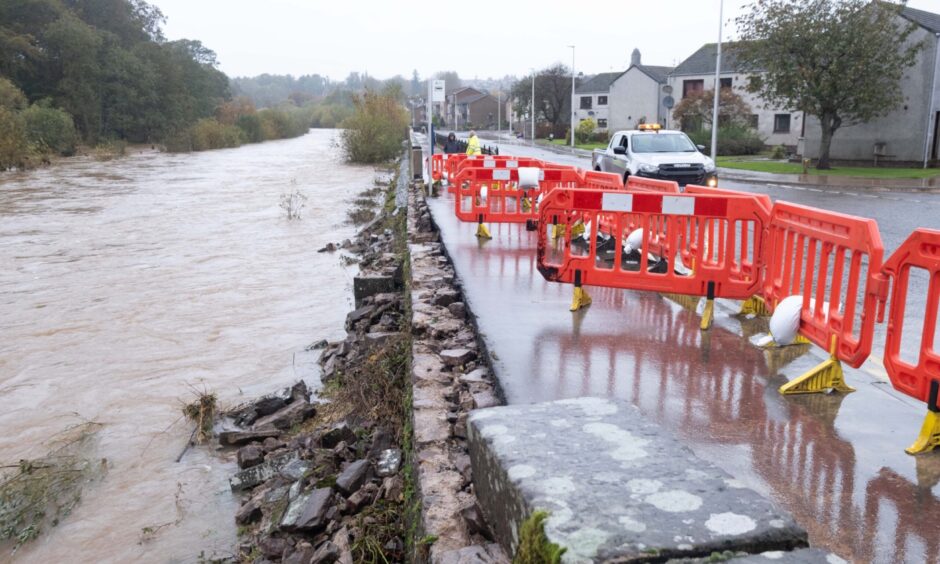

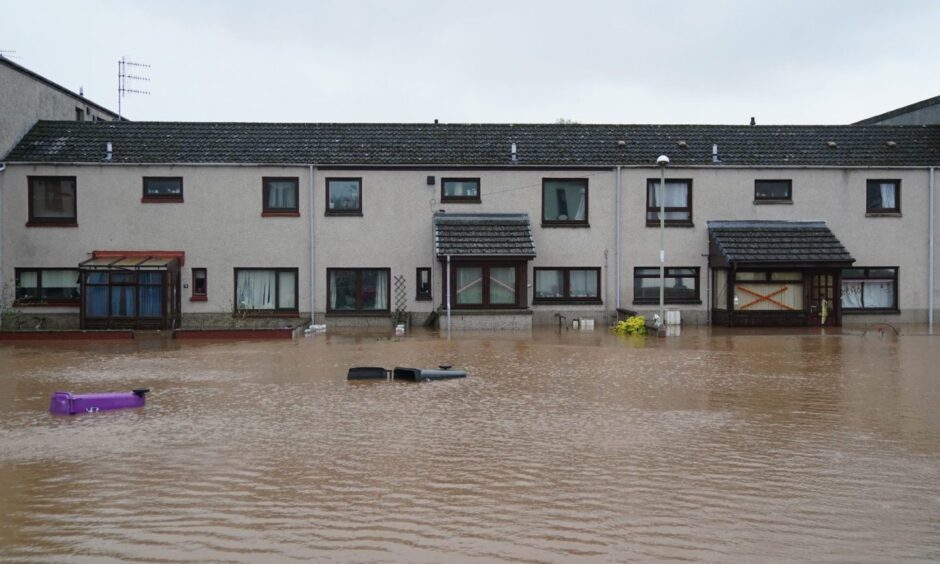



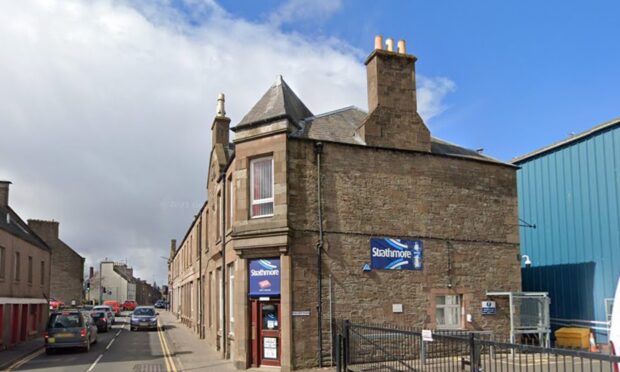

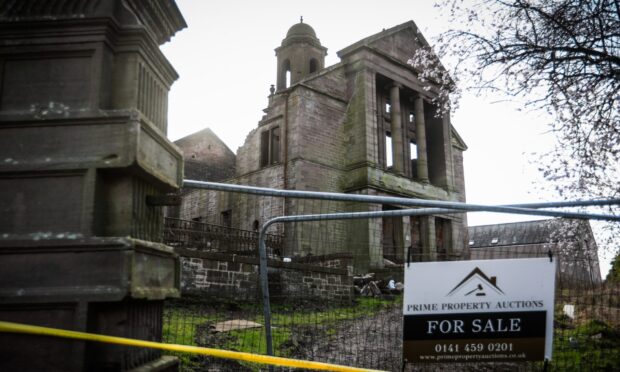



Conversation